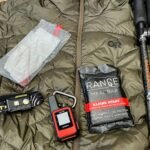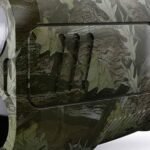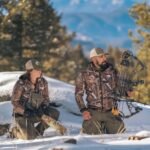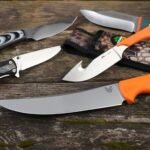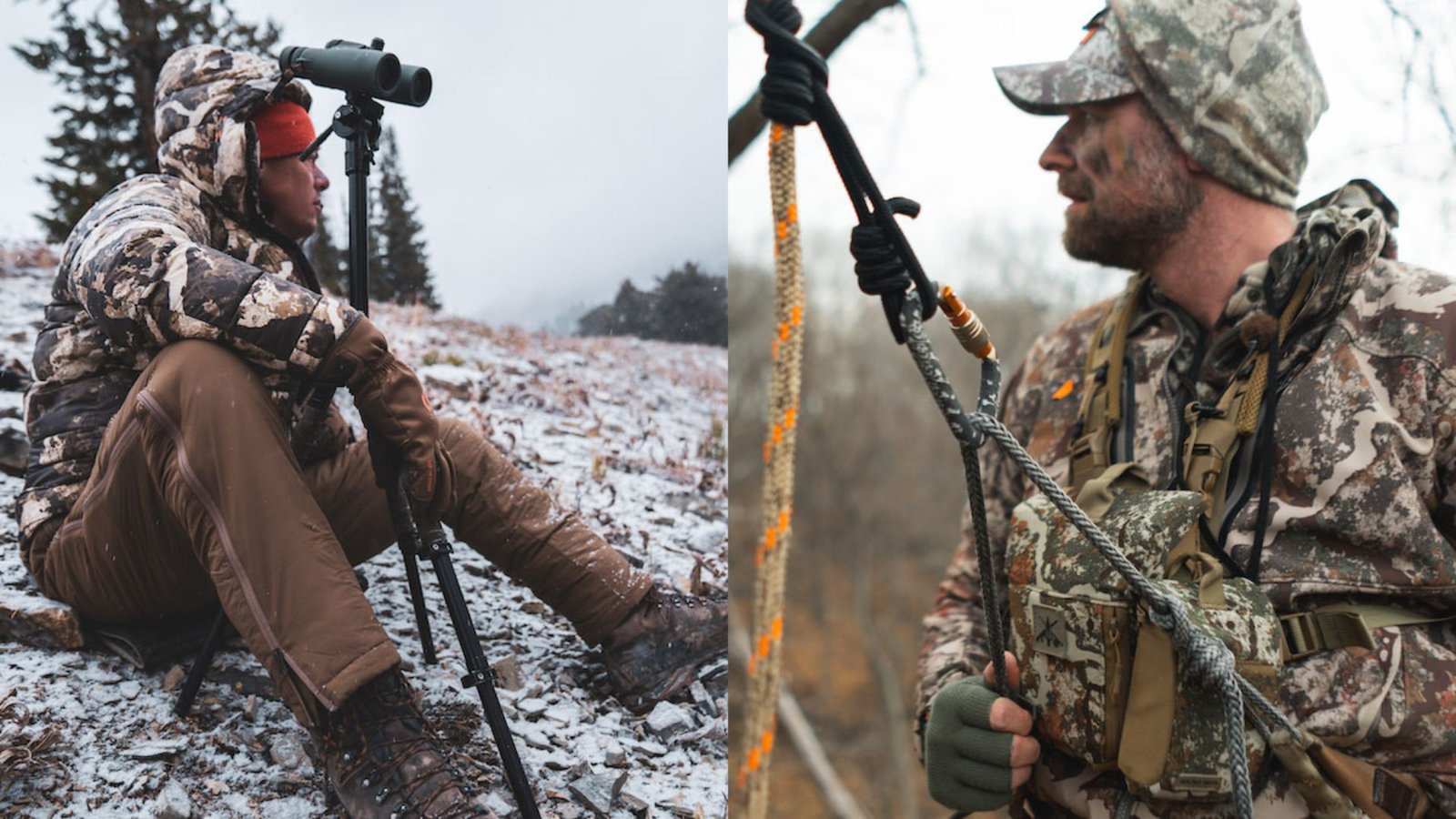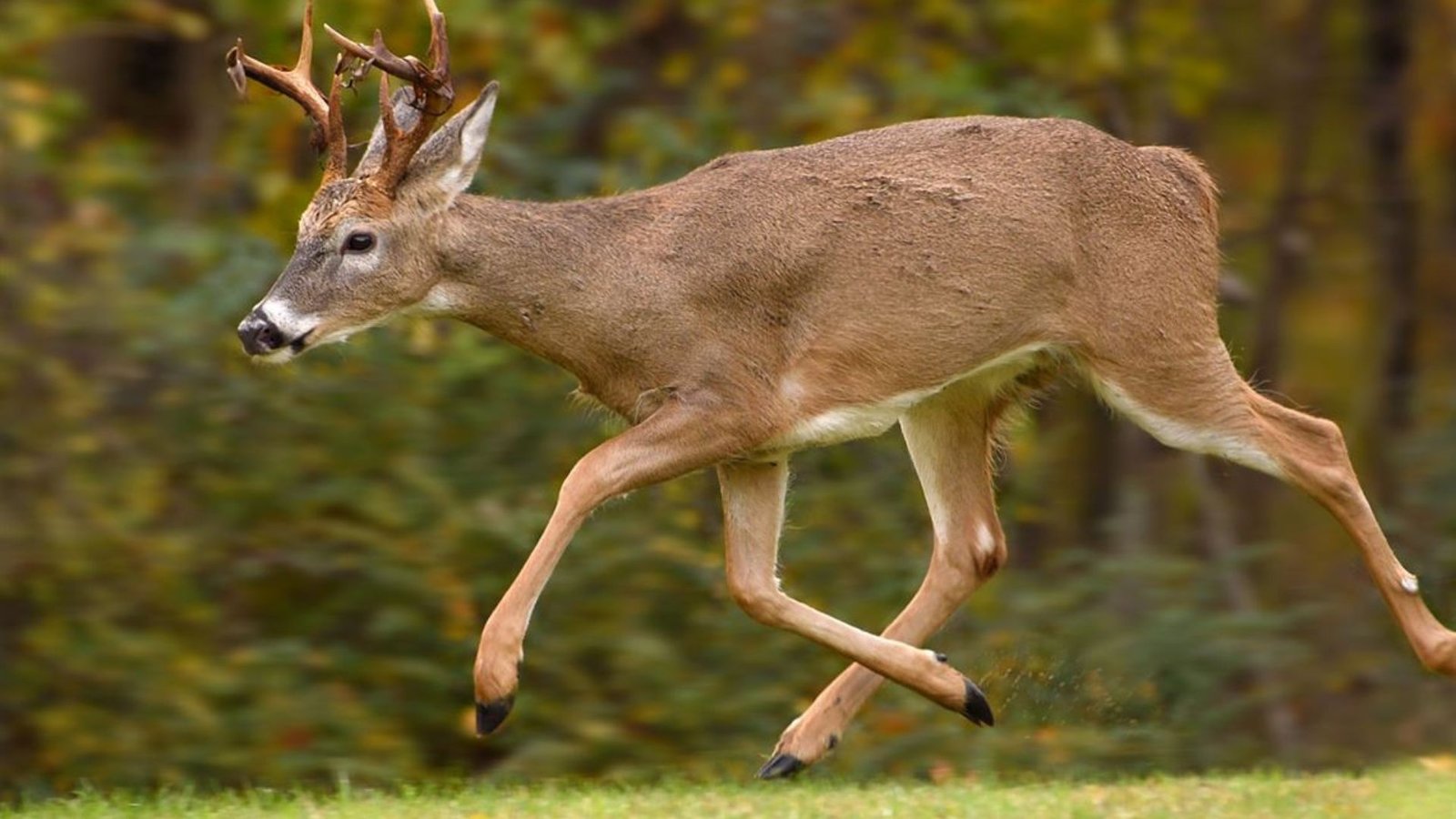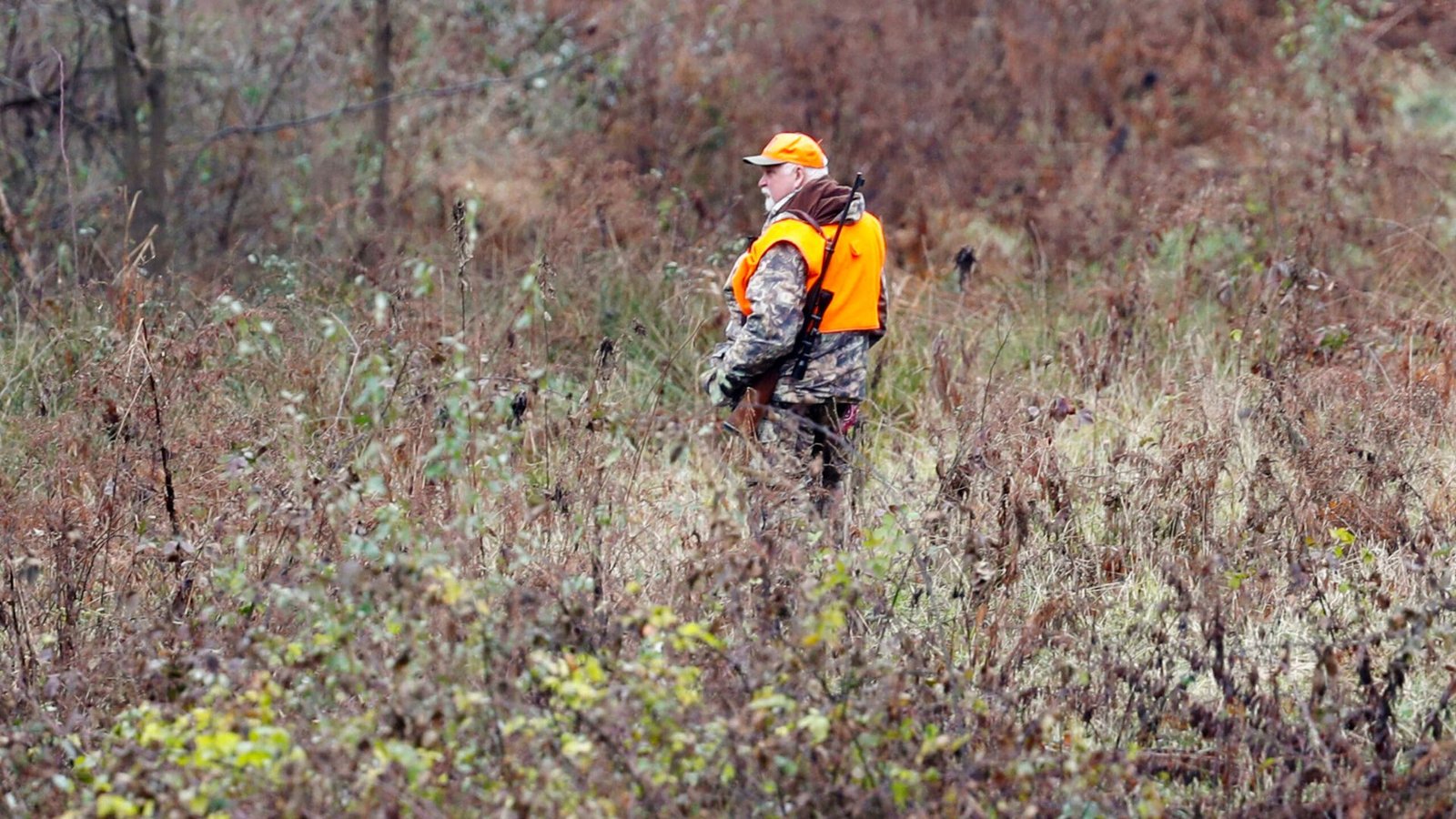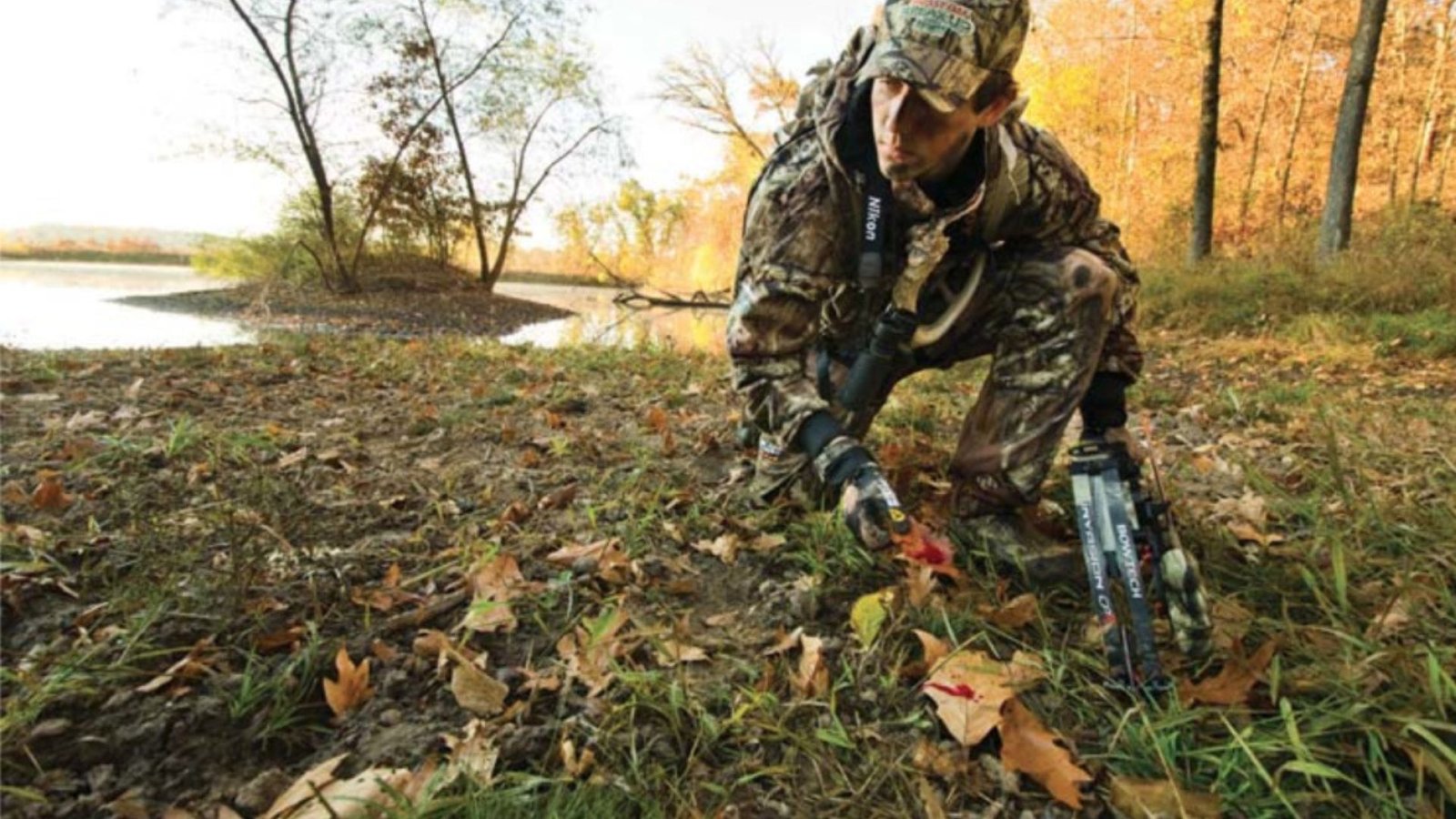Tracking deer is an essential skill for hunters and wildlife enthusiasts. Understanding deer tracks can provide valuable insights into the animal’s movements, habits, and health. This article dives into the different types of deer tracks and how to interpret them effectively.
1. Recognizing Basic Deer Tracks
Deer tracks, also known as hoofprints, typically have two pointed toes that form a heart-shaped impression. They vary in size depending on the species, with adult white-tailed deer tracks measuring around 2 to 3 inches in length. Knowing the standard shape and size helps distinguish deer tracks from other animals like elk or moose.
2. Identifying Buck vs. Doe Tracks
Buck tracks are generally larger and wider than doe tracks. Bucks also leave deeper impressions due to their heavier body weight. During the rut, buck tracks may appear more staggered as they move aggressively in search of mates, leaving signs of their behavior.
3. Differentiating Between Walking, Trotting, and Running Tracks
Deer tracks change based on their movement:
- Walking Tracks: Appear evenly spaced with a straight-line pattern.
- Trotting Tracks: Feature slightly longer strides with less defined impressions.
- Running Tracks: Show irregular spacing, with hind tracks often overlapping or exceeding the front tracks.
4. Understanding Seasonal Variations in Tracks
Seasonal changes affect the visibility and interpretation of deer tracks. In winter, tracks in snow can indicate recent movement, while tracks in mud during spring may last longer and provide more detail. Summer tracks in dry soil are often faint and require closer inspection.
5. Analyzing Track Patterns for Behavioral Clues
Deer tracks can reveal a lot about their behavior:
- Feeding Behavior: Tracks near food sources like fields or acorn-covered ground often show meandering patterns.
- Escaping Predators: Erratic and widely spaced tracks indicate a deer fleeing danger.
- Social Interactions: Groups of overlapping tracks suggest multiple deer, possibly a family or herd.
6. How to Use Surrounding Signs with Tracks
Tracks are most useful when combined with other signs like scat, rubs, or bedding areas. For example, fresh tracks near a rub might suggest a buck’s recent activity. Similarly, trails leading to water sources often indicate habitual paths.
7. Recognizing Mistaken Identity in Tracks
Some animal tracks can resemble deer tracks, such as goats or sheep. To avoid confusion, note the size, depth, and environment. Deer tracks are more pointed and symmetrical, whereas other animals often leave rounded or uneven impressions.
8. Using Technology to Enhance Tracking
Modern tools like GPS apps and trail cameras can complement traditional tracking. These devices help map out trails and verify deer movement patterns over time, increasing the chances of a uccessful hunt or observation.
Conclusion
Mastering the art of identifying and interpreting deer tracks opens up a new dimension of understanding wildlife. Whether you’re hunting or simply observing nature, paying attention to the details of deer tracks can significantly enhance your outdoor experience.



